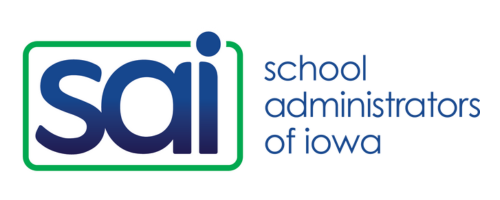Managing Polarities in School Instructional Cultures
Math scores went up, but reading scores went down. You created time for teacher collaboration, but now teachers are concerned by lack of individual prep time. When you are aware of these interdependent polarities, you can manage them more effectively—this SMALL acronym can help.
What is a polarity? According to a post from Harvard Business Publishing, “polarity is a situation in which opposing forces within a system pull at each other to keep things balanced. But, like inhaling and exhaling, each “pole” can’t exist without the other. ” The work of the leader is to recognize the polarities and then manage them effectively like balancing individual teacher responsibilities AND collaborative team responsibilities or focusing on reading strategies AND keeping an eye on math as well. Effective leaders recognize that no single solution exists when it comes to addressing polarities; they are interdependent and must be considered through a system lens.
In a recent article from ASCD , authors Jane Kise and Ann Holm recommend a process for managing polarities defined by the acronym SMALL:
S = See the polarity. They give the example of the tension between accelerating learning AND social-emotional learning. Too much focus on acceleration and students may become stressed and anxious. Too much focus on SEL, and students' academics suffer which in turn impacts self-esteem and confidence.
M = Map what you value. What positive results do you want to see from each “pole”? What unintended negative consequences could occur with too much focus on either side?
| Positive results from acceleration | Positive results from SEL |
| Unintended negative consequences from too much focus on acceleration | Unintended negative consequences from too much focus on SEL |
A = Assess where you are. What does student progress look like toward each focus area? Knowing where you are helps inform your next course of action in alignment with your vision. Consider a scale of 0-100 with 100 being perfect and 50 meaning you sometimes leverage this p olarity well, where are you? If students are suffering academically and emotionally, you’re getting the downside of both poles.
L = Learn from how you got to where you are. Reflect on what practices/policies have resulted in your current state.
L = Leverage or plan to manage this polarity. Which pole needs more focus right now? One side likely almost alway s will need more attention than the other. How will you spot an imbalance moving forward? What might cue you regarding student progress toward academic standards and students’ social and emotional development and well-being?
The key is training your brain to think in terms of both/and. This skill will support you in recognizing and managing polarities effectively.
Read the full article to see how the authors apply the lens of three key polarities when considering educator physical, mental , and emotional health.
